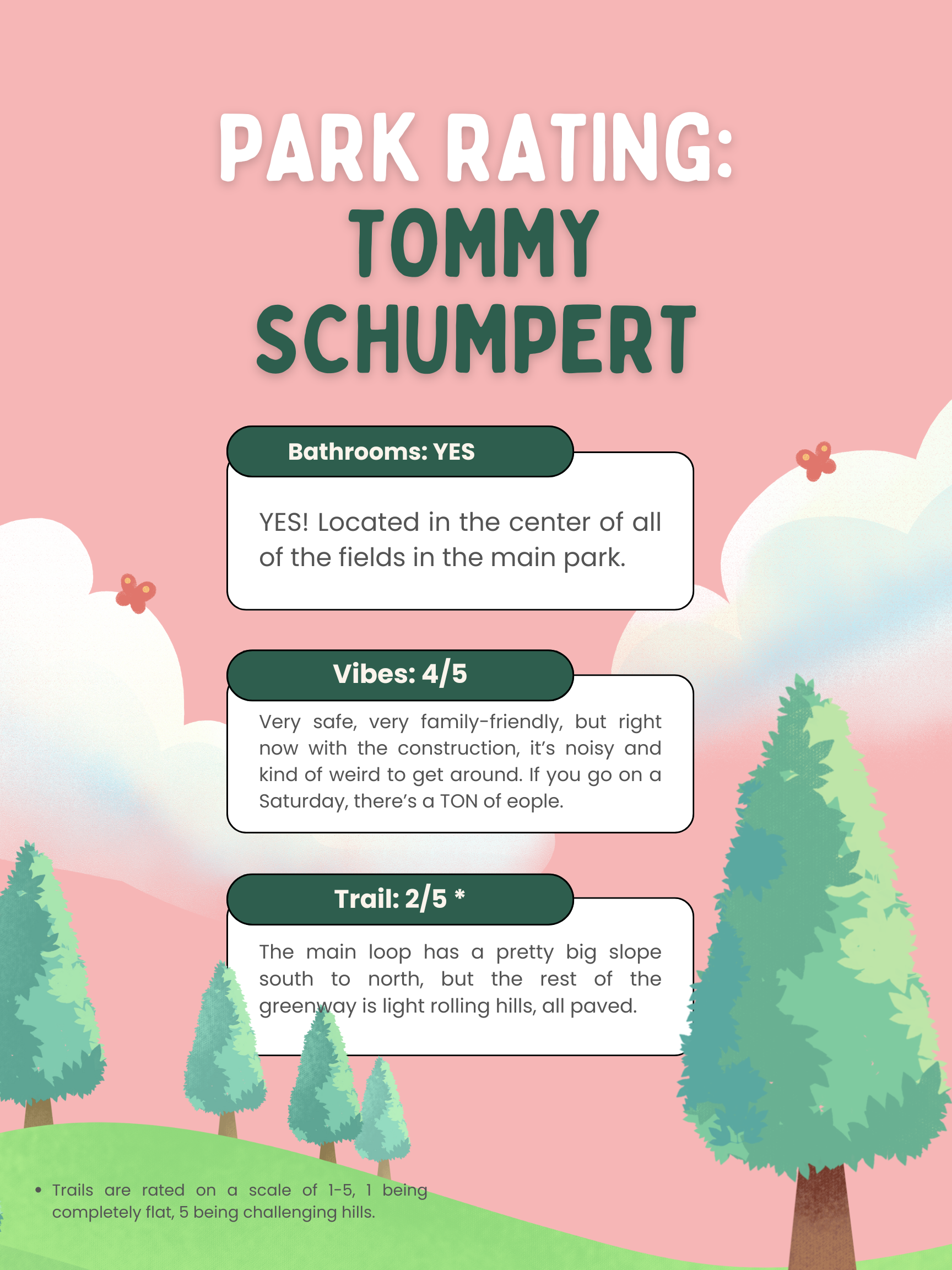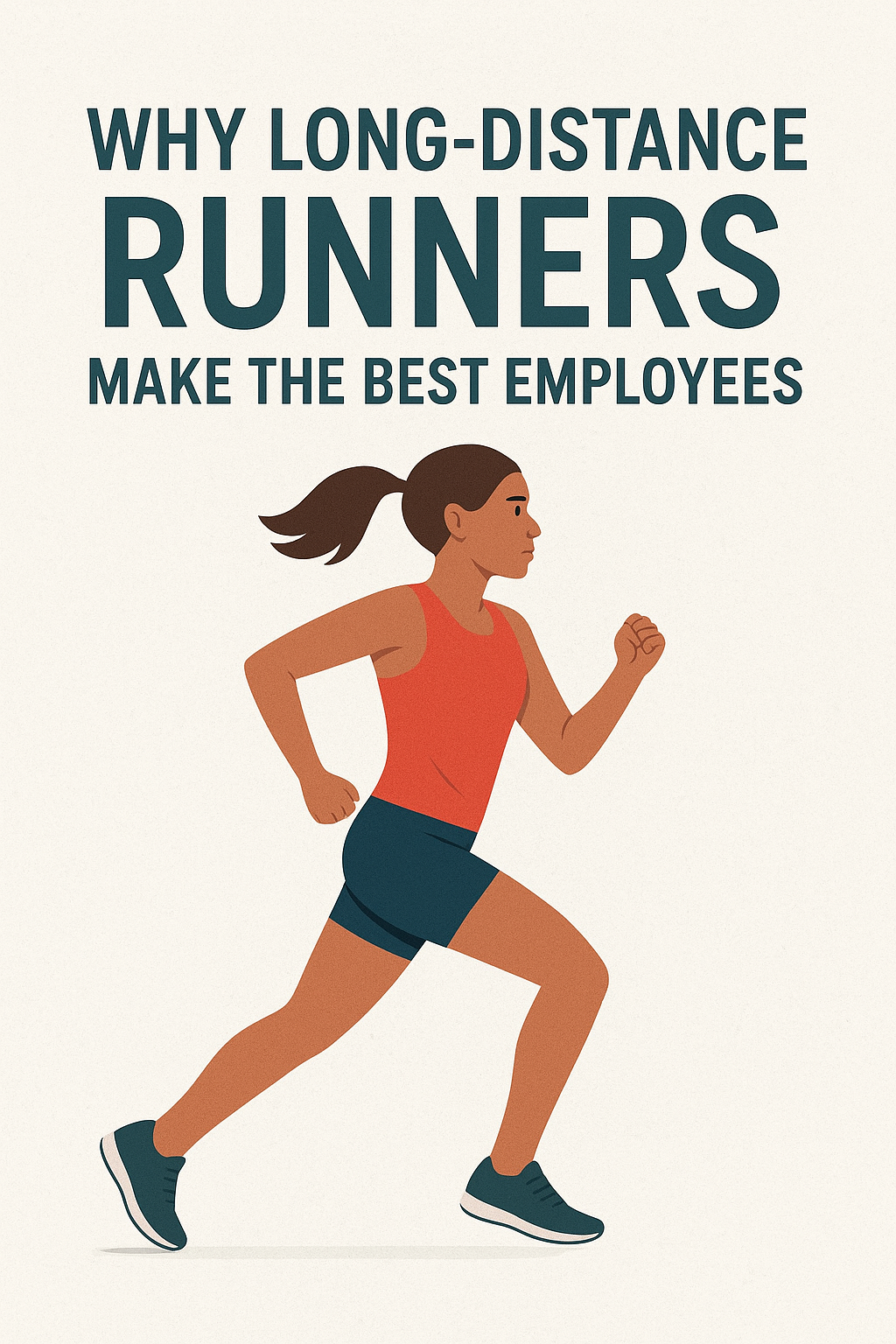Your cart is currently empty!

“My calf has been cramping really bad lately, and it even woke me up from a dead sleep the past few nights. Why does it do that?”
Well, it’s not necessarily a black and white issue here, but let me see what kind of info I can give to help everyone prevent these painful incidences.
Muscle Cramps – What Are They?
I’d bet money that most every adult has had a “Charley Horse” at one time or another. And if they say no, they’re probably lying. A Charley Horse is another name for a muscle cramp or an unexpected tightening of a muscle (or muscles). Nothing critical here, medically speaking, but MAN, do they hurt. Cramps most commonly occur in the leg muscles, specifically the calves, and can be more prevalent in people who do intense work in high heat conditions.
Basically your muscle decides that it hates you and clenches its fist, causing almost unbearable pain and the desire to chop the limb off at the nearest joint.
What Causes Them?
The most common causes of muscle cramps are dehydration, overexertion, and holding a position for too long.
- Dehydration – When consuming adequate amounts of liquid, your entire body stays hydrated and balanced, including your muscles. If suboptimal amounts of water are present, the efficiency of the muscle plummets. Less blood flow compounds on electrolyte imbalances, making the muscle more prone to injury just from the lack of water. On top of that, these muscles will be more likely to suddenly tighten (clench their fists) due to this status.
- Overexertion – This one is the most common sense cause—if you work a muscle too much or too hard, it can cause cramps. Try doing elevated single-leg calf raises until failure. Actually, don’t try that because you’re asking for a cramp.
- Holding A Position – We’ve all been there – when we got just old enough where if we sit on our knees too long, things cramp up. Holding a position too long can strain a muscle much harder than steady movement (*ahem* planks). This can even happen at night while we sleep, as we flex and point our toes during our crazy dreams and those tight muscles can clench up.
Now, there are other reasons for cramps, such as some medications and illnesses, but by far, those are the most prevalent causes. The good news? You can pretty easily prevent them.

Prevention
Prevention is key, here, guys.
Staying adequately hydrated is pretty simple. That old saying was “8, 8 ounce glasses of water a day,” which, coincidentally is solid advice. Much better than saying “64 ounces daily.” I don’t know if that is what they intended, but specifying how many glasses to have each day suggests drinking those 64 ounces spread throughout the day. This lets your body absorb the water you drink. We’ve noticed by now that if we drink a ton of water all at once, we end up running straight to the bathroom every 10-20 minutes for the next hour. That’s because our body can only process so much water at a time (around 500 mL) so it excretes the rest out of the body as urine.
Paired with proper hydration, an adequate flexibility routine is a great way to ward off unwanted cramps. Stretching and moving your muscles increases blood flow and pushes the range of motion for joints and muscles, keeping them mobile and limber no matter your profession. Desk sitters should get up, walk around, and stretch their bodies during the day to prevent imbalances in muscles from sitting too long. Heavy lifting professions with lots of movement should stretch throughout the day or before bed to gently release stress built up throughout the day in patterned movements (a mechanic’s wrist from ratcheting, a cashier’s back and legs from standing still, etc.). In general, our bodies love gentle movement that pushes boundaries without threat of injury.
Treatment
To treat cramps, as long as they are not from a medical cause such as illness or drug, self myofascial release should work just fine to get the muscle to. relax. You may use a foam roller on the area, or even just a gentle self-massage with your hand on the affected muscle. Just make sure the muscle is in a relaxed position! You’re looking for knots and tender areas. When you find one, apply constant pressure (with the roller or your hand). for 30-60 seconds until the muscle relaxes. Repeat on any other tender areas, then finish with some static stretching of the affected area.
In summary, prevent muscles from cramping before they get a chance to torture you 🙂
Drink your water, stretch, and prevent those cramps!
Additional Resources:



